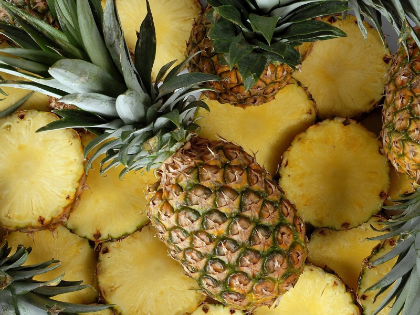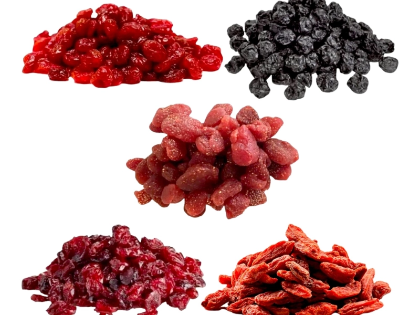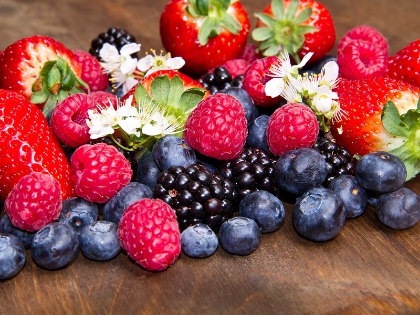11 Best Times to Spot Wildlife in Yellowstone: A Nature Lover's Guide
Advertisement
A wildlife enthusiast's dream come true, Yellowstone National Park presents unmatched chances to see species in their natural environment all year long. Timing your visit can make all the difference in your experience seeing wildlife, from the great wolf packs hunting in the Lamar Valley to the enormous grizzly bears waking from hibernation. This thorough book helps you schedule the ideal wildlife viewing trip in America's first national park by revealing the best times to see particular species activity, including a practically certain wolf sighting location.
1. Dawn at Lamar Valley (March-April)

Advertisement
Early spring's clear morning air turns Lamar Valley into a delight for wildlife viewers. This is the best time to see grizzly bears since they wake from their winter sleep as the sun peaks over the horizon. These months are especially busy for the bears since they hunt bison and elk dead from winter. Still somewhat covered in melting snow, the valley bottom offers great contrast for wildlife watching. Early risers have the sight of steam rising from thermal features while bears browse further away. Because of its mellow, golden light and more animal activity, wildlife photographers often choose this time. Arriving at least thirty minutes before dawn is crucial, as is locating a secure pullout along the route. Keep a minimum distance of 25 yards from other animals, 100 yards from wolves and bears. With animals busily grazing and traversing the valley, the morning hours between 5:30 AM and 9:00 AM present the most effective viewing chances. Warm clothing should be brought by visitors since early hours can have somewhat low temperatures. Excellent view is made possible by the open terrain of the valley; the use of binoculars or spotting scopes will substantially improve the pleasure of observing the wildlife. To cut early morning travel time to the valley, many seasoned wildlife watchers advise staying in the neighbouring town of Cooke City or Silver Gate.
2. Hayden Valley Sunset (May-June)

Hayden Valley becomes a hotbed for species activity during golden hours before dusk as spring gives way to early summer. Now is perfect time to see large bison herds accompanied by newborn calves. Watching these prehistoric-looking species graze and interact from the valley's wide-open areas and undulating hills is rather easy. During this time, elk cows also assemble in the valley getting ready for calving season. With the sun's rays lighting the steam from surrounding geothermal sites, the evening light produces ideal circumstances for photography. For maximum viewing chances, visitors should arrange themselves at one of the raised pullouts along Grand Loop Road. Many creatures surface to eat in the chilly temperatures during the most active hour between 6:00 PM and sunset. The thermal characteristics of the valley give wildlife observation more dimension since animals often gather close to warm ground in colder evenings. Particularly during the "golden hour," shortly before sunset, photographers will value the spectacular lighting conditions. The valley's central location makes it easily reachable from several park facilities, and its broad expanses let one safely see the wildlife from approved places. From playful bison calves to hunting coyotes, visitors can see amazing interactions between many species. Making use of the valley's wetland areas, the twilight hours also present chances to see several bird species, including waterfowl and sandhill cranes.
Advertisement
You May Like









